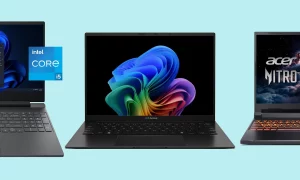Apple Is Late to Widgets, but Maybe That’s a Good Thing
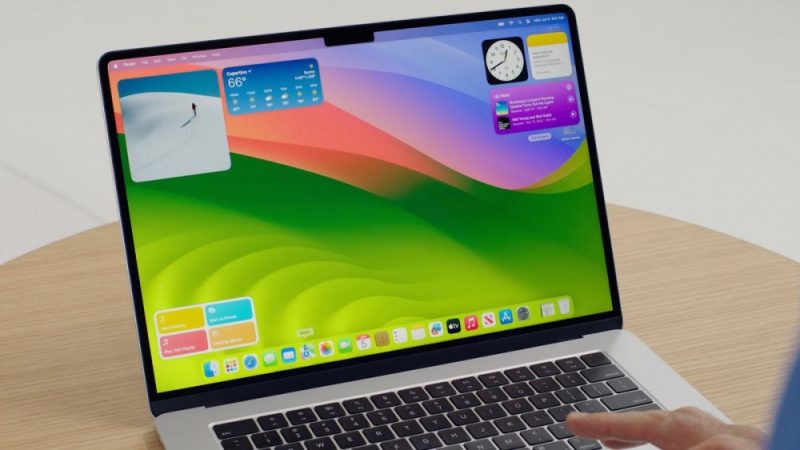
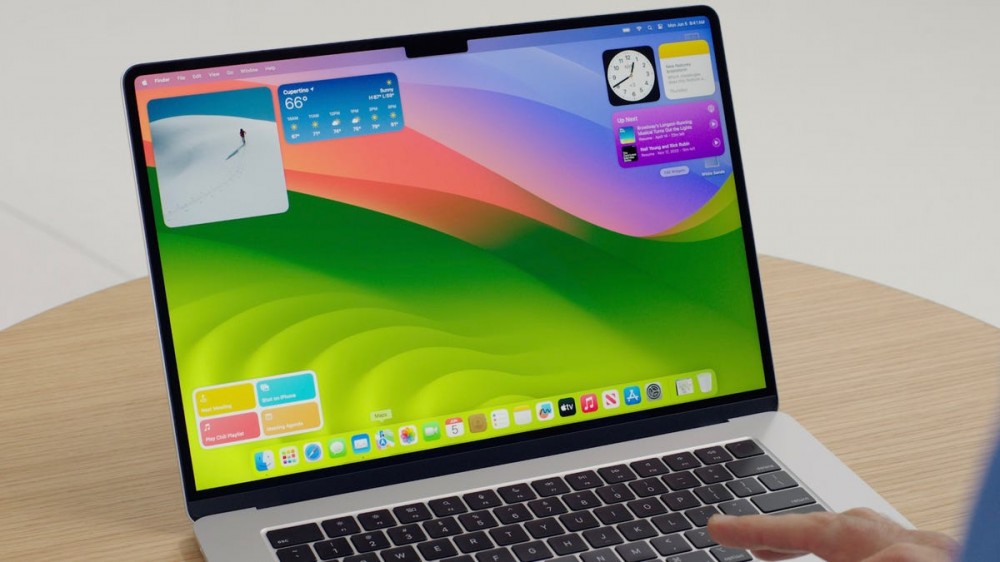
Apple made multiple exciting new announcements this week at its annual WWDC event, with new features in iOS 17, macOS 14 Sonoma, and updates to its iPad and Watch systems. For every device, widgets were a huge point of emphasis. Apple is going all-in on widgets.
Yes, those tiny little app shortcuts you can put on your iPhone’s home screen for the weather, news, sports, music, etc. Sure, widgets aren’t anything new, even for macOS, but what we’re seeing emerge is an entirely new approach from the company.
With macOS Sonoma, widgets aren’t useless and stuck in the sidebar. You can move them anywhere you want on the desktop. While you interact with one, or another program window, the others fade into the background. It’s an entirely new take on widgets. We’re seeing something similar for iPadOS 17, making widgets actually useful, and they’re improving on the Apple Watch and iOS 17 too.
Apple is Late to the Widget Party
Windows Vista Gadgets or Widgets
Being Late Isn’t a Bad Thing
Apple is Late to the Widget Party
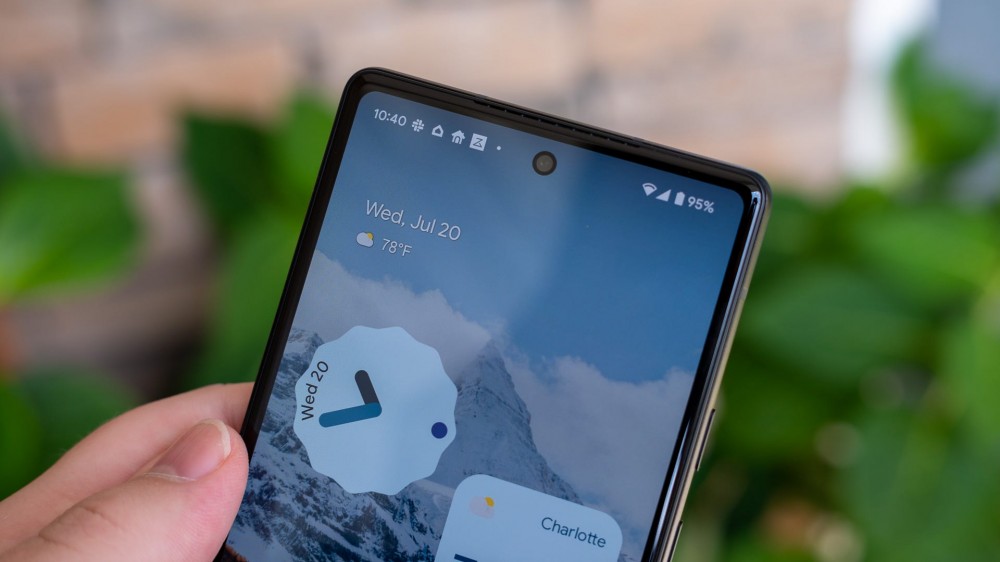
The debate between iPhone and Android will probably never die. During the early days, Android fans quickly pointed to widgets (among other things) as a reason Android was better than iPhone. Every Android smartphone since the original T-Mobile G1 (which I still own) had widgets. It’s safe to say Apple is a bit behind the times.
Android’s widgets evolved and quickly became super helpful, even on tablets. Yes, Android tablets have them too, and they’re just as customizable. The iPad will finally get movable widgets when iPadOS 17 arrives later this fall.
Years ago, every time I bought a new Android phone, one of the first things I did was downloaded whatever widget pack was fun and new at the time. Apps like HDWidgets (now Beautiful Widgets Pro), where I could customize one widget with the date, time, and weather, and add shortcuts to my calendar, weather app of choice, and alarm clock app all from one place. One widget did all of that, which is immensely useful. Or at least it was.
However, here we are in 2023, and widgets haven’t improved on Android for several years. Aside from third-party app makers, Google and Samsung haven’t done anything special on the widget front. Features and integration have slowed to a snail’s pace, even if Google’s Material You color-matches widgets to your background.
Aside from the same outdated weather widget and my trusty YouTube Music layout I’ve used for years, I can’t remember the last time I downloaded or applied one to an Android phone. It’s not that exciting anymore, even if it’s a big new thing for the Apple world.
Apple is running behind, even if it started offering iOS widgets in 2014. But to be honest, they weren’t remotely usable on smartphones until iOS 14, and don’t get me started on what’s currently available on macOS.
Windows Vista Gadgets or Widgets
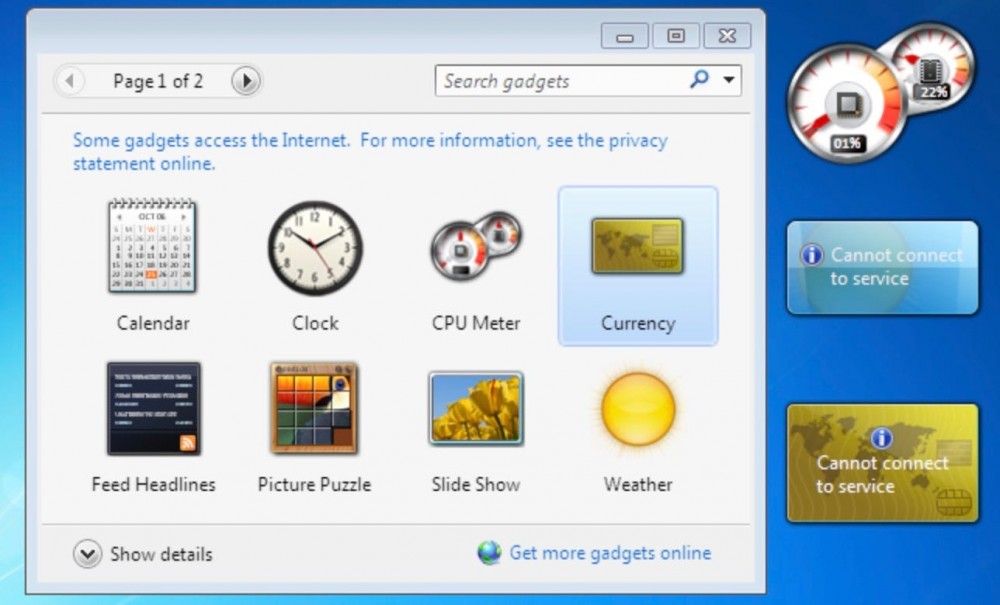
While movable desktop widgets are a new concept for macOS 14 Sonoma, which arrives in the fall of 2023, it’s nothing new for Windows. Many of you may remember taking advantage of the “Gadgets” on Windows Vista way back in 2007. Vista was a mess, but I sure enjoyed my gadgets.
Then, with the release of Windows 7 in 2009, Microsoft added the ability to move its widget (gadgets) anywhere on the desktop. Sound familiar? That’s precisely what’s coming to your Mac, only 14 years later.
Unfortunately, widgets (or gadgets) on Microsoft’s Windows platform eventually faced the same fate as we saw on Android. They’re not all that exciting, even with all the customization options, and Microsoft dropped the ball on Windows 11. Widgets are a huge complaint, and there weren’t third-party widgets at launch. Those are reportedly on the way, and Microsoft is still busy trying to fix a slew of widget issues.
Sure, macOS has enjoyed widgets forever, but they’re always locked behind a sidebar or panel, and let’s face it, most people don’t use them. I know I don’t.
Maybe both Microsoft and Google’s Android were ahead of their time or perhaps got complacent. Either way, they’ve left a gap for Apple to swoop in and do it better.
Being Late Isn’t a Bad Thing
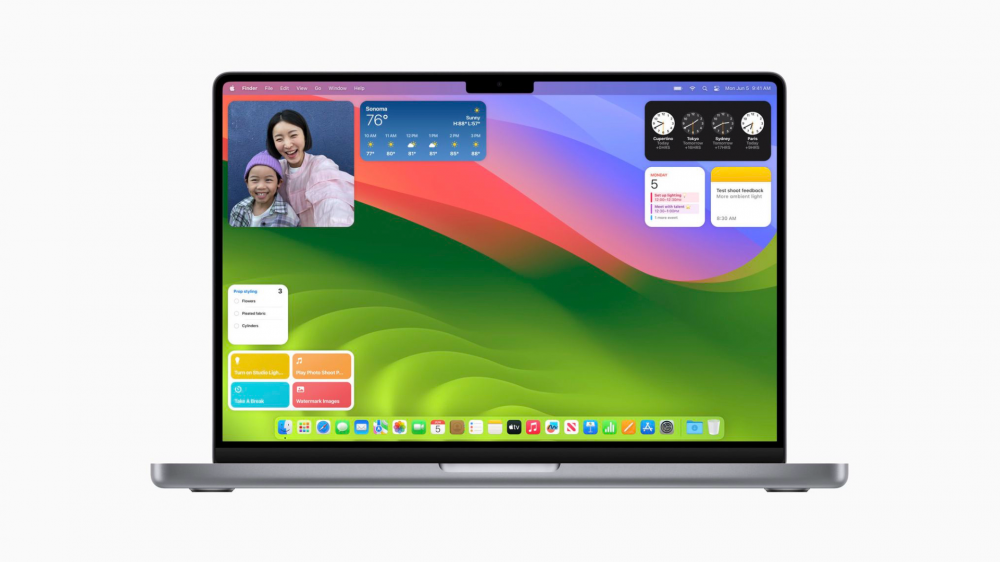
The Cupertino company takes its time with everything, and the results are usually quite excellent. Plus, they’re not known to rush things that aren’t all that polished or resource heavy and wait until hardware and software can work together for the best experience.
Patience is key, which could be why it’s finally going big on widgets. Apple has slowly improved widgets on iPhone first, making them more usable, and is now slow-rolling the same options to move them around on our Macs and iPads.
And just because Apple is late doesn’t mean they can’t make them great. In fact, it’s likely the opposite, and Apple’s support could potentially revive them on Android and Windows. Why? Because as we all know, when Apple does something, it typically does it better than most of the competition.
More importantly, a lot of the competition follows or changes course to match what Apple does. That’s just the honest truth. And in this case, I think that’s a good thing. Apple’s widgets will have a cascade effect on the competition, and we’ll all reap the benefits. And again, the way they’ll work on macOS looks pretty great.
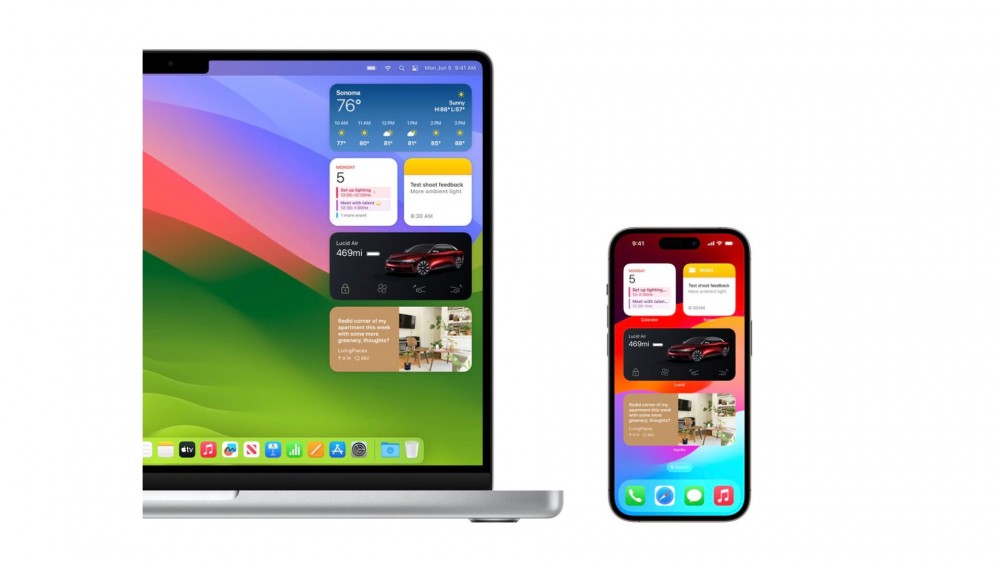
On macOS 14 Sonoma, widgets subtly blend and fade into your desktop wallpaper while you work, then come to life when you interact with one. They’re stylish and will likely receive a ton of third-party support, especially now they’re not stuck hiding behind a sidebar. Plus, Apple is doing something only it can with Continuity. You’ll be able to use the same widgets on your iPhone on your Mac and interact with them the same way.
Then, that same Continuity aspect bleeds into the iPad, delivering a unified and solid widget experience on phones, tablets, and computers. That’s something we can’t really get on Android or Windows.
If all goes according to plan, later this year, Apple will have rolled out updates to its core experiences, all with improvements to the widget system. We’ll have movable, customizable, interactive, and enjoyable widgets on iPhone, iPad, and Mac, better widgets on the Apple Watch, and more.
I’m excited to finally enjoy widgets on my Mac, and only time will tell if Microsoft and Google take note and kick things up a notch.



